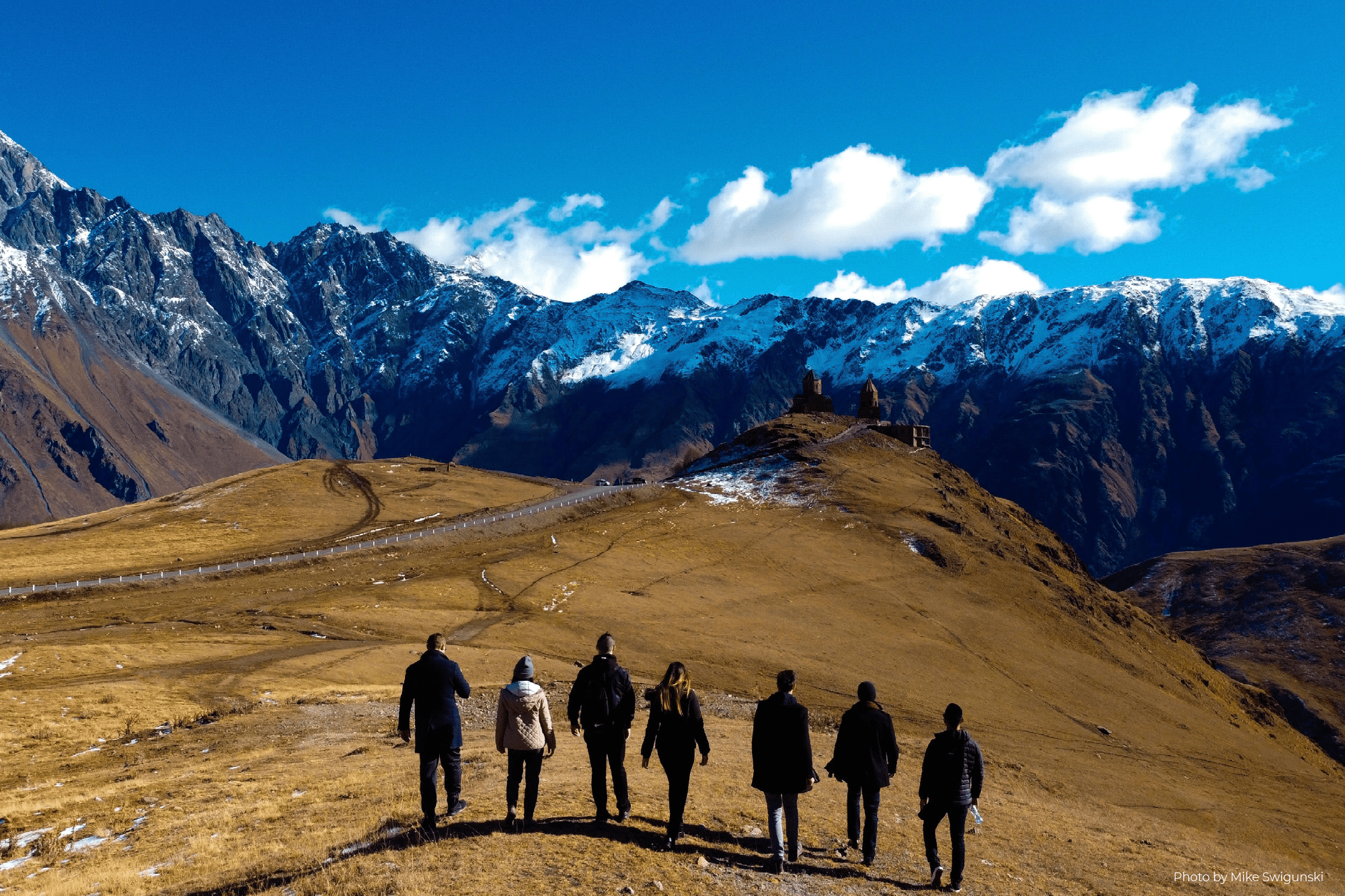Skift Take
The travel industry is waking up after a year of pandemic-related slowdowns. How can travel companies ensure their advertising successfully engages post-pandemic travelers and helps accelerate their recovery? In this new report, Skift and Sojern investigate the key advertising trends shaping the travel industry's recovery.
This sponsored content was created in collaboration with a Skift partner.
To say that the travel industry was hit hard by the onset of the global pandemic in 2020 is an understatement. Consumer demand all but disappeared as people around the world sheltered at home and borders were shut down. At the same time, the world transitioned most facets of life into the digital realm so that consumers could continue to work, play, socialize, and shop online.
But now there are signs for optimism on the horizon. As vaccination rates increase around the world and destinations begin to welcome back travelers, more travel companies are looking ahead for how they can use advertising to supercharge their recovery plans and put themselves top of mind with post- pandemic consumers.
But even as industry leaders recognize the potential opportunity, they also acknowledge that the marketing best practices that worked in 2020 may no longer be effective. This means they will need to shift the way they find and engage consumers if they are to bounce back in 2021 and beyond. This early post-pandemic phase will be an important testing ground for new advertising strategies as travel brands seek to understand new trends in customer behavior, evolving best practices for online distribution, and the growing need for messages that reinforce tourism’s push for social equity and sustainability.
As consumer spending declined in 2020, so did advertising budgets. With access to mere fractions of their pre-pandemic resources, travel brands searched for new ways to connect with customers. As they searched for new ways to engage their audiences, the ground was simultaneously shifting beneath their feet, thanks to a growing range of privacy laws put in place by governments and tech platforms designed to safeguard consumers’ personal information.
The uneven nature of pandemic recovery around the world is also making flexibility a top priority. Covid-19 case rates have already created a logistical and emotional rollercoaster as cities and even countries open up and then lock back down again. Each ebb and flow in the outbreak creates challenges for travel brands trying to find a foothold in their own recovery plans. That’s why advertisers must be ready, willing, and able to adapt with the times and keep up with the rapidly changing — and still unsteady — travel industry landscape.
No matter how recovery evolves in 2021, the ‘new normal’ will require travel advertisers to innovate, empathize, and rise to the occasion of a global consumer community with a whole new set of priorities. In this report, Skift and Sojern investigate six trends that will help travel advertisers accelerate their post-Covid recovery in 2021 and beyond.
In this report, you’ll find:
- Six advertising trends that travel companies will need to know to ensure a successful post-Covid recovery
- An exploration of how changing consumer habits are impacting digital ad campaigns in 2021 and beyond
- A review of the impact of evolving consumer privacy regulations on advertising strategy
- Analysis of how changing online distribution strategies are impacting advertising
- Investigation of travel advertising trends related to campaign measurement, co-op marketing, and equity and sustainability
- Interviews with tourism leaders from around the world about their advertising plans for the year ahead
This content was created collaboratively by Sojern and Skift’s branded content studio, SkiftX.
Have a confidential tip for Skift? Get in touch
Tags: digital advertising, Digital Marketing, SkiftX Showcase: Technology, sojern

